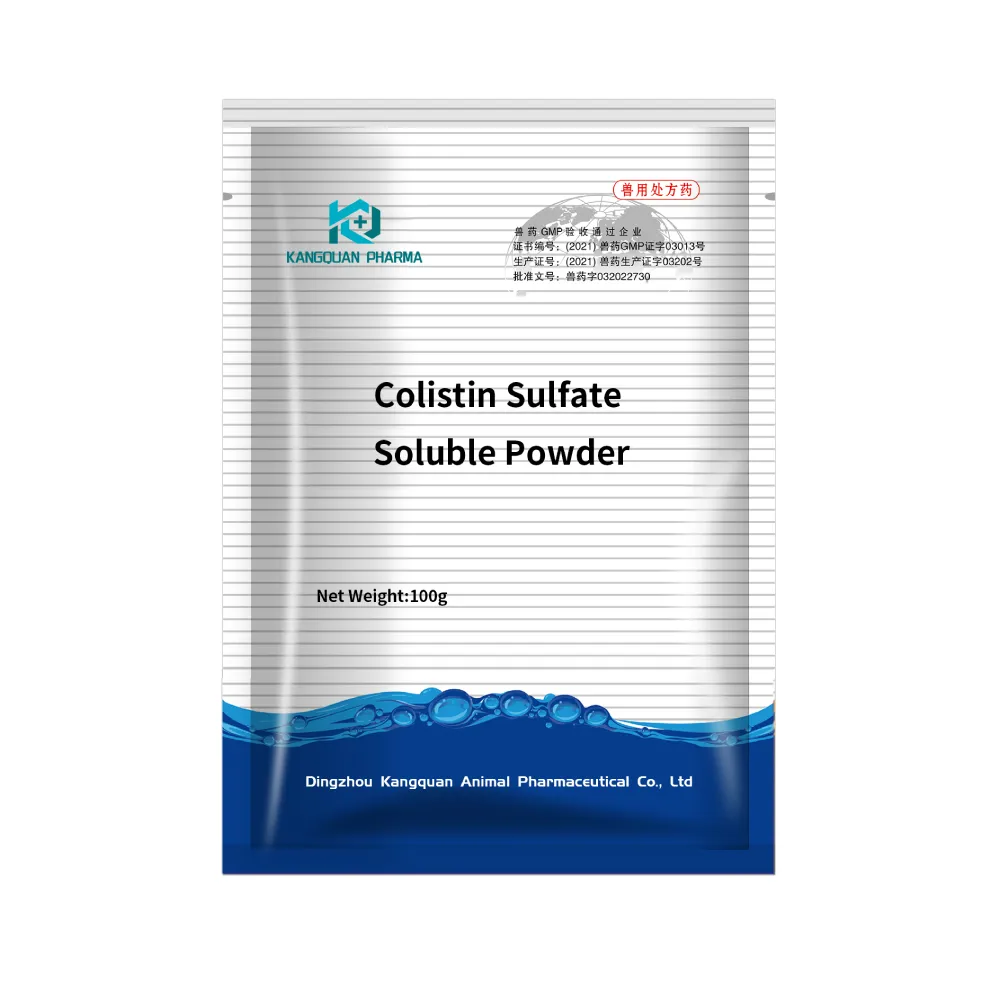- Afrikaans
- Albanian
- Amharic
- Arabic
- Armenian
- Azerbaijani
- Basque
- Belarusian
- Bengali
- Bosnian
- Bulgarian
- Catalan
- Cebuano
- Corsican
- Croatian
- Czech
- Danish
- Dutch
- English
- Esperanto
- Estonian
- Finnish
- French
- Frisian
- Galician
- Georgian
- German
- Greek
- Gujarati
- Haitian Creole
- hausa
- hawaiian
- Hebrew
- Hindi
- Miao
- Hungarian
- Icelandic
- igbo
- Indonesian
- irish
- Italian
- Japanese
- Javanese
- Kannada
- kazakh
- Khmer
- Rwandese
- Korean
- Kurdish
- Kyrgyz
- Lao
- Latin
- Latvian
- Lithuanian
- Luxembourgish
- Macedonian
- Malgashi
- Malay
- Malayalam
- Maltese
- Maori
- Marathi
- Mongolian
- Myanmar
- Nepali
- Norwegian
- Norwegian
- Occitan
- Pashto
- Persian
- Polish
- Portuguese
- Punjabi
- Romanian
- Russian
- Samoan
- Scottish Gaelic
- Serbian
- Sesotho
- Shona
- Sindhi
- Sinhala
- Slovak
- Slovenian
- Somali
- Spanish
- Sundanese
- Swahili
- Swedish
- Tagalog
- Tajik
- Tamil
- Tatar
- Telugu
- Thai
- Turkish
- Turkmen
- Ukrainian
- Urdu
- Uighur
- Uzbek
- Vietnamese
- Welsh
- Bantu
- Yiddish
- Yoruba
- Zulu
دېكابىر . 19, 2024 08:01 Back to list
tylosin 200 injection
Tylosin 200 Injection An Overview
Tylosin is a macrolide antibiotic broadly utilized in veterinary medicine. It is particularly effective against a range of bacterial infections in animals. Among its various formulations, Tylosin 200 Injection is one of the most popular choices for treating livestock and poultry. This article provides an overview of Tylosin 200 Injection, its uses, dosage, mechanism of action, and potential side effects.
What is Tylosin?
Tylosin is derived from the bacterium *Streptomyces fradiae* and exhibits antibacterial properties by inhibiting bacterial protein synthesis. It primarily targets Gram-positive bacteria and some Gram-negative bacteria, making it a versatile tool in managing infections in various animal species. The injection form, especially Tylosin 200, allows for quick absorption and action, which is crucial in managing acute infections.
Indications
Tylosin 200 Injection is commonly prescribed for the treatment of respiratory, gastrointestinal, and soft tissue infections in livestock, including cattle, swine, sheep, and in some cases, poultry. It is particularly effective against diseases like mycoplasma infections, which can lead to significant health issues in farming operations if left untreated. Tylosin is also used for controlling certain forms of dysentery and enteritis in pigs.
Dosage and Administration
The dosage of Tylosin 200 Injection varies depending on the specific animal and the severity of the infection being treated. It is essential to follow the veterinarian’s recommendations for proper dosing. Typically, Tylosin is administered via subcutaneous or intramuscular injection. The effective dosage generally ranges, but for therapeutic purposes, it can be around 10 to 20 mg per kg of body weight.
tylosin 200 injection

It’s essential to monitor the animal’s response to the treatment closely. If no improvement is seen within a few days, a veterinarian should be consulted to reassess the diagnosis or treatment plan.
Mechanism of Action
Tylosin works by binding to the 50S ribosomal subunit of bacteria, inhibiting peptidyl transferase activity and thereby disrupting the protein synthesis process. This action prevents the bacteria from growing and multiplying, allowing the animal's immune system to combat the remaining pathogens effectively. The selective toxicity of Tylosin toward bacterial cells, as opposed to mammalian cells, further underscores its effectiveness and safety in veterinary use.
Potential Side Effects
While Tylosin 200 Injection is generally regarded as safe for livestock when used correctly, it does have the potential for some side effects. Commonly reported side effects include local irritation at the injection site, which may lead to swelling or discomfort. In rare cases, allergic reactions may occur. Signs of an allergic reaction can include difficulty breathing, swelling of the face, lips, or tongue, and hives. If any severe reactions are observed, it is crucial to seek veterinary assistance immediately.
Additionally, prolonged use of antibiotics, including Tylosin, can lead to antibiotic resistance. Therefore, it should only be used under the guidance of a veterinarians, and farmers should adhere to prescribed withdrawal times to ensure that no residual antibiotic is present in meat or milk products meant for human consumption.
Conclusion
Tylosin 200 Injection plays a critical role in ensuring the health and productivity of livestock. Its efficacy against various bacterial infections has made it a staple in veterinary practice. However, responsible use, dosage adherence, and monitoring for potential side effects are paramount to maintaining animal health and avoiding the pitfalls associated with antibiotic misuse. By working closely with veterinarians, farmers can ensure that they utilize Tylosin effectively, safeguarding their animals and optimizing their farming operations for a sustainable future.
-
Guide to Oxytetracycline Injection
NewsMar.27,2025
-
Guide to Colistin Sulphate
NewsMar.27,2025
-
Gentamicin Sulfate: Uses, Price, And Key Information
NewsMar.27,2025
-
Enrofloxacin Injection: Uses, Price, And Supplier Information
NewsMar.27,2025
-
Dexamethasone Sodium Phosphate Injection: Uses, Price, And Key Information
NewsMar.27,2025
-
Albendazole Tablet: Uses, Dosage, Cost, And Key Information
NewsMar.27,2025













